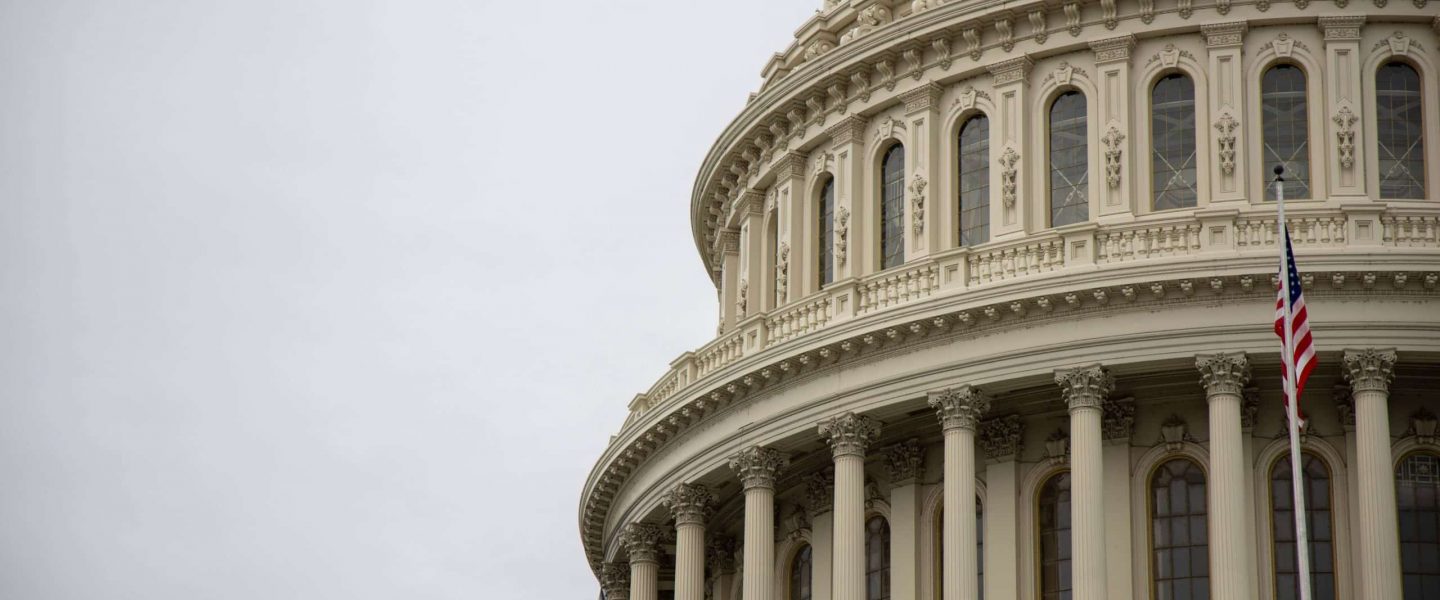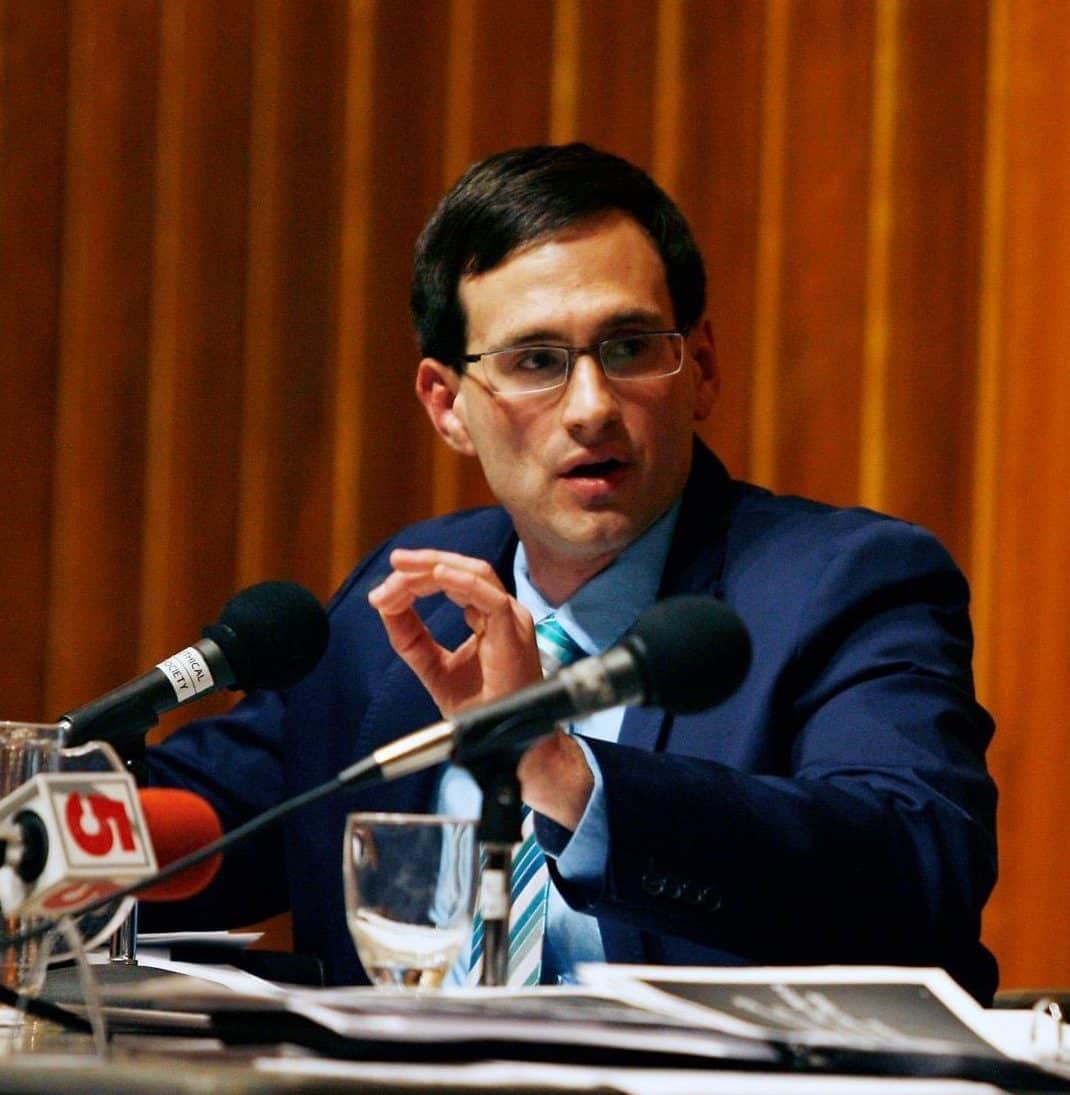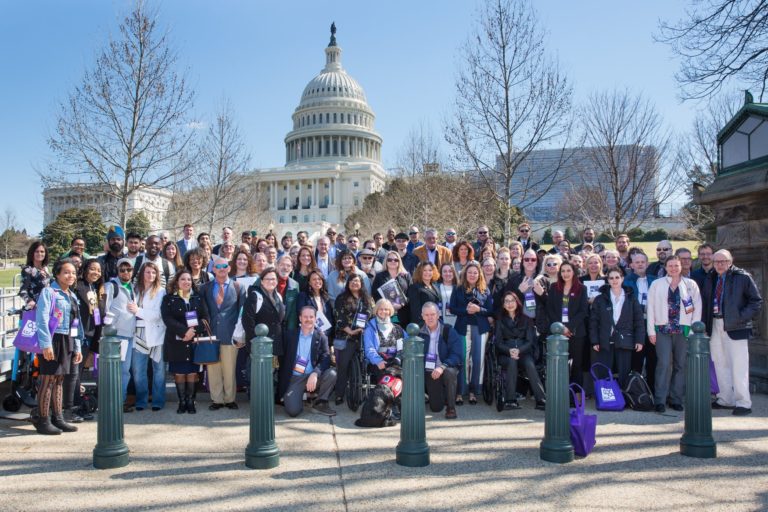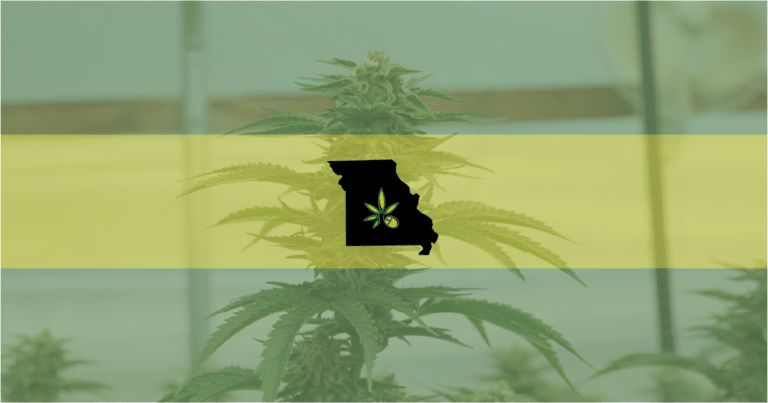What is Amendment 2?
Missouri voters legalized medical marijuana when they passed Missouri Constitutional Amendment 2 on November 6, 2018. The amendment is now Article XIV of the Missouri Constitution, and it created a framework for patients suffering from a number of qualifying conditions to safely and legally access medical marijuana with a certification from a state-licensed physician. You can read the full text of Amendment 2 here.
I served as the campaign manager for New Approach Missouri, the proponent of Amendment 2. In that role, I helped draft the amendment and coordinated all the day-to-day operations of the campaign from beginning to end, so that night was one of the best of my life.
We were especially gratified that voters did not just pass Amendment 2 by a small margin; they backed it with an overwhelming two-to-one majority. We won more than 1.5 million votes for 66 percent of the total vote, which was the best performance of any item (whether a candidate or ballot issue) up for a vote in Missouri in 2018!
Where Was Amendment 2 Most Popular in Missouri?
We didn’t just prevail in Saint Louis and Kansas City. We won all over the state, carrying 94 of the state’s 115 county-level jurisdictions. The victory transcended nearly all of the lines that typically divide Missourians (and Americans generally) — Democrat and Republican, liberal and conservative, urban and rural — and showed a rare example of political unity at a time when partisanship is stronger than it has been in generations.
This was all the more impressive considering that we were up against two other medical marijuana proposals on the same ballot. Proposition C was a legislative proposal that could have been easily altered or repealed entirely by the Missouri General Assembly, and it narrowly lost at the polls.
But the bigger threat was Amendment 3, which was like Amendment 2’s evil twin.
Missouri Amendment 2 vs Amendment 3
Amendment 3 was sponsored by Springfield trial attorney Brad Bradshaw. We initially tried to collaborate with Bradshaw, because it seemed obvious that we should avoid having multiple medical marijuana proposals on the same ballot, as it could cause all of them to fail.
We developed much of the basics of an amendment together, but it eventually became clear that there were three issues that we would never be able to agree upon:
- Patient Cultivation: Amendment 2 allows for patients to cultivate up to six flowering plants, whereas Amendment 3 prohibited any form of patient cultivation.
- Tax Rate: Amendment 2 taxes medical marijuana at a rate of 4 percent, which is similar to tax rates in many other states. However, Bradshaw wanted to maximize the revenue generated by the program to fund a medical research institute, so he was unwilling to set the tax rate at anything below 15 percent, which would have been the highest tax rate on medical marijuana nationwide.
- Administration of the Program: Amendment 2 allotted the regulatory power for the program to the Department of Health and Senior Services (DHSS). Amendment 3 proposed to create a new agency to regulate the program and spend all its revenues. And, where it gets truly bizarre, is that Amendment 3 would have appointed Bradshaw himself to run the agency and put it outside of oversight by the governor and legislature!
Bradshaw spent more than $2 million of his own money trying to pass Amendment 3 and defeat Amendment 2. But, when we pointed out how his high taxes would hurt patients and fund a program that he himself would run, voters rejected Amendment 3 — hard. Amendment 3’s results looked like the inverse of ours, with nearly 69 percent of voters voting no.
If you would like to learn more about Amendment 3, check out our full article on it here.
Amendment 2 Qualifying Conditions
Amendment 2 was written to allow for a broad range of qualifying conditions, and it ultimately leaves the discretion in the hands of state-licensed physicians to determine who should qualify for a medical marijuana card. In subsection 2, the amendment defines “qualifying medical condition” as follows:
“…the condition of, symptoms related to, or side-effects from the treatment of:
(a) Cancer;
(b) Epilepsy;
(c) Glaucoma;
(d) Intractable migraines unresponsive to other treatment;
(e) A chronic medical condition that causes severe, persistent pain or persistent muscle spasms, including but not limited to those associated with multiple sclerosis, seizures, Parkinson’s disease, and Tourette’s syndrome;
(f) Debilitating psychiatric disorders, including, but not limited to, posttraumatic stress disorder, if diagnosed by a state licensed psychiatrist;
(g) Human immunodeficiency virus or acquired immune deficiency syndrome;
(h) A chronic medical condition that is normally treated with a prescription medication that could lead to physical or psychological dependence, when a physician determines that medical use of marijuana could be effective in treating that condition and would serve as a safer alternative to the prescription medication;
(i) Any terminal illness; or
(j) In the professional judgment of a physician, any other chronic, debilitating or other medical condition, including, but not limited to, hepatitis C, amyotrophic lateral sclerosis, inflammatory bowel disease, Crohn’s disease, Huntington’s disease, autism, neuropathies, sickle cell anemia, agitation of Alzheimer’s disease, cachexia, and wasting syndrome.”
The catchall provisions in (h) and( j) allow doctors to exercise their medical expertise and discretion when certifying patients for the program. That makes medical marijuana in Missouri a matter between you and your physician, instead of politicians and bureaucrats constantly revising a limited list of qualifying conditions.
Conclusion
Amendment 2 has nearly been fully implemented in Missouri now. The state began issuing patient identification cards in June 2019, and there are already more than 50,000 patients signed up. Licenses for cultivating, manufacturing infused products, and dispensing medical marijuana have all been awarded, and the first sales of medical marijuana in the state are expected to begin by the fall.
You can learn about how to get your patient identification card under Amendment 2 article, and find out about the process to become a patient cultivator here.









